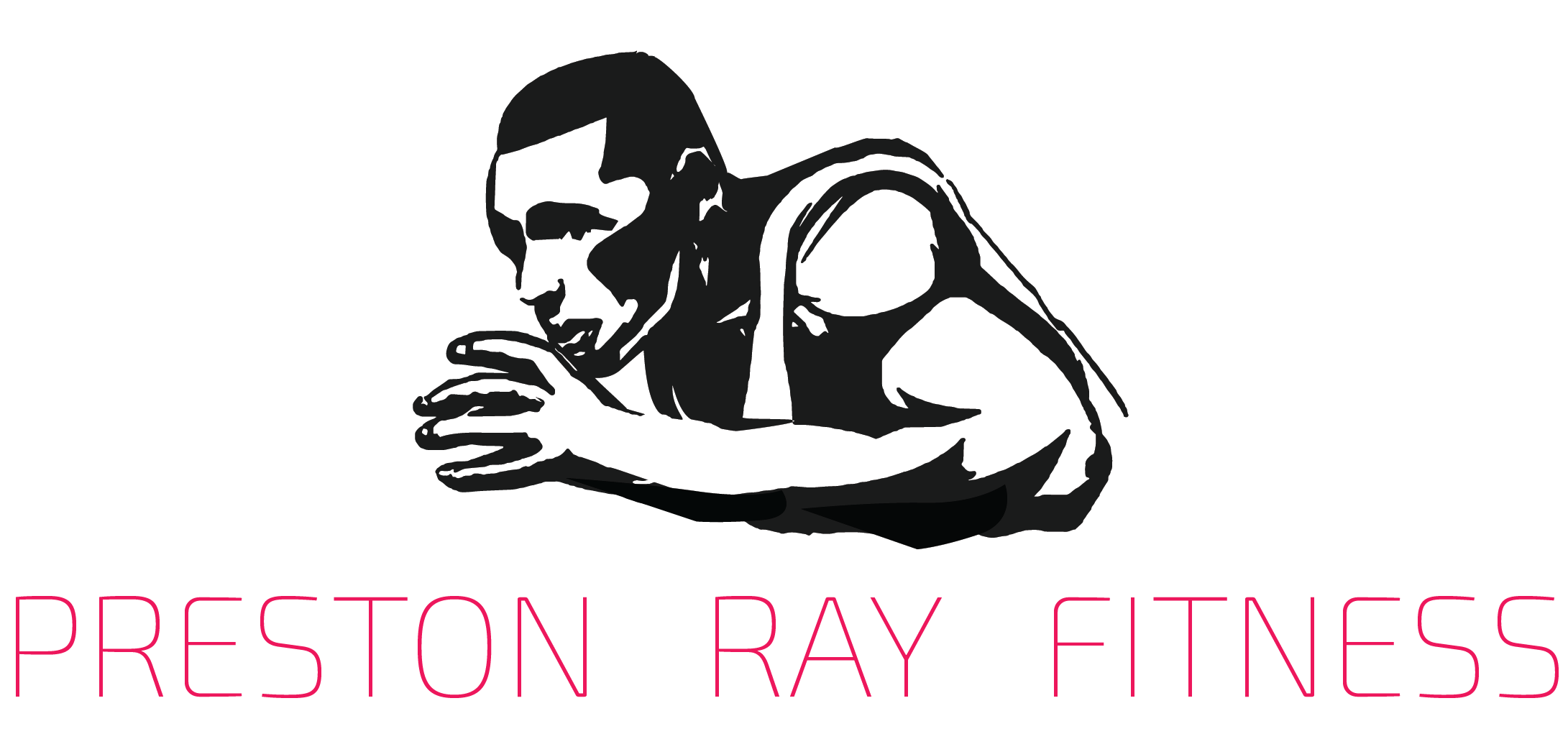In 2019 ACL.gov reported that the number of Americans 65 and over was 54 million or 16% of the American population. Census.gov reports that in 2050, 17% of the population or 1.9 billion of the 9.4 billion people in the world will be 65 and over. That being written, it is becoming increasingly important that we find ways to help this segment of the population live better lives so they can not only survive but thrive. And considering most of the leading causes of death for this population–- heart disease, diabetes, Alzheimer’s disease, strokes and even accidents–, can all be prevented or slowed down by exercising regularly (Eure, 2022), we must state more specifically that we are referring to strength resistance training. Fragala, et al., concludes the following:.
Muscle “use” in the form of exercise resistance training has been consistently shown as a feasible and effective means of counteracting muscle weakness and physical frailty, attenuating age-related intramuscular adipose infiltration, improving physical performance, increasing muscle fiber area, improving muscle quality, bone density, metabolic health and insulin sensitivity, management of chronic health conditions, quality of life, psychological well-being, extended independent living, and reduced risks for falls and fractures in older adults. (pp. 3-4).
Strength gains from resistance training don’t happen overnight, but they do occur faster in individuals who have not engaged in weight training previously and whose programs involve large muscle groups, heavy weights, and multiple sets. Initial strength gains usually come as the result of improved neuromuscular coordination and can be observed in as little as three to four weeks (Dintiman, 2020). And while many persons aged 65 and older may not believe they can lift “heavy” weights, it is important to realize that individualization is key. Heavy is different for everyone because everyone’s 1RM or 1 rep max will be different. A 1 rep maximum is the most you personally can lift in any given exercise. And lifting this amount of weight is not necessary for muscle development. It is only helpful in determining what amount of weight you as an individual should be using to increase the size of the muscle(s). When the objective is to increase maximum strength by stimulating muscle hypertrophy, 70-80 percent of the 1RM should be lifted five to eight times or until failure, and volume should be increased (Dintiman, 2020).
In addition to strength training for improved muscle mass and to stave off disease, it is important to factor in functional resistance training. Functional resistance training is most useful for activities of daily living and varies slightly from ordinary resistance training as the movements are designed to mimic everyday life movements which become more challenging as we age. Fragala, et al., (2019) further asserts that the age-related decline in physical function can only be partly explained by the loss of muscle mass or muscle strength. And that other essential motor control aspects also influence an older adult’s functional performance of ADL (Fragala, et al., 2019).
Strength training at any age can be a challenge, and people of all ages generally have some skepticism or fear of strength training, especially if they have never exercised in this manner. Many are led to believe that age is a limiting factor when it comes to resistance training and is to be avoided. However, when it comes to suitability, seniors 65 years of age and older are just as capable as the rest of us. Aging does not appear to enhance or reduce the ability of the musculoskeletal system to adapt to resistance exercise (Haff & Triplett, 2016), nor has it been proven unsafe for frail older adults and individuals with disease (Fragala, et al., 2019).
Resistance strength training has too many health benefits to offer to be dismissed. And with it being safe at any age, it would behoove us all, including those 65 years of age and over to begin a strength training program immediately. Don’t just survive, thrive!
References
2020 Profile of Older Americans. (2020). acl.gov. https://acl.gov/aging-and-disablity-in-america
Roberts, A. W. and Ugunwole, (Oct 2018). The Population 65 Years and Older in the United States, 2016. Census.gov. https://www.census.gov/library/publications/2018/acs/acs-38.html
Eure, Mariann (2022). Very Well Health. Top Causes of Death Among Adults Over 65 https://www.verywellhealth.com/top-causes-of-death-among-adults-over-65-2967470
Dintiman, G.B. (2020). Nase Essentials of next-generation sports speed training. Healthy Learning.
Haff, G .G. and Triplett (2016). Essentials of Strength Training and Conditioning. Human Kinetics.
Fragala, M.S., Cadore, E.L., Dorgo, S., Izquierdo, M., Kraemer, W.J., Peterson, M.D., Ryan, E.D. (2019). Resistance Training for Older Adults. Position Statement from the National Strength and Conditioning Association. The Journal of Strength and Conditioning Research. https://www.nsca.com/contentassets/2a4112fb355a4a48853bbafbe070fb8e/resistance_training_for_older_adults__position.1.pdf


Recent Comments